In the digital age, advertising has transformed significantly, moving from traditional print and broadcast mediums to dynamic online platforms. Among these online advertising formats, rich media advertising has emerged as a powerful tool for engaging consumers. But what exactly is rich media advertising?
Rich media refers to interactive and dynamic digital advertisements that engage users with a combination of multimedia elements such as video, audio, animation, and interactivity. Unlike static banner ads, rich media ads provide a more immersive experience, allowing users to interact with the content. This interactivity can include actions such as clicking, dragging, hovering, and even engaging with elements in real-time.
The evolution of digital advertising has been rapid, driven by technological advancements and changing consumer behaviors. As users have become more accustomed to rich media content, advertisers have adapted their strategies to create more engaging and effective ads. The importance of rich media advertising in modern marketing cannot be overstated. It not only captures attention but also drives higher engagement rates, leading to improved brand recall and conversion rates.
Types of Rich Media Ads
Rich media ads come in various forms, each offering unique features and benefits. Understanding these types can help advertisers choose the right format for their campaigns.
- Interactive Ads: These ads allow users to engage directly with the content. For example, an interactive quiz or a game can keep users entertained while promoting a brand.
- Video Ads: Combining video content with interactivity, these ads can offer clickable options within the video, allowing viewers to explore products or services while watching.
- Expandable Ads: Initially displayed as a standard banner, these ads can expand to a larger size when hovered over or clicked, revealing additional content, such as images, videos, or product information.
- Floating Ads: These ads appear on top of the content on a webpage and can move as the user scrolls. They are highly visible but can also be intrusive if not designed carefully.
- Gamified Ads: Integrating game-like elements, these ads encourage users to participate actively, fostering engagement and often leading to higher conversion rates.
Benefits of Rich Media Advertising
Rich media advertising offers several advantages that can enhance a brand’s marketing strategy:
- Higher Engagement Rates: Interactive and visually appealing ads tend to capture more attention than static ads, leading to higher engagement rates.
- Enhanced Brand Awareness: The immersive nature of rich media ads can create a lasting impression, increasing brand recognition and recall among consumers.
- Better Conversion Rates: By encouraging interaction and providing more information, rich media ads can lead to improved conversion rates, as users are more likely to take action.
- Improved User Experience: Rich media ads can provide a more enjoyable and informative experience for users, fostering a positive perception of the brand.
Best Rich Media Ad Networks in 2026
Rich media ad networks provide innovative and interactive advertising solutions that enhance user engagement through rich media formats such as video, animation, and interactive content. Here’s a detailed look at 20 of the best rich media ad networks, their features, strengths, and unique offerings.
1. Google Display Network (GDN)
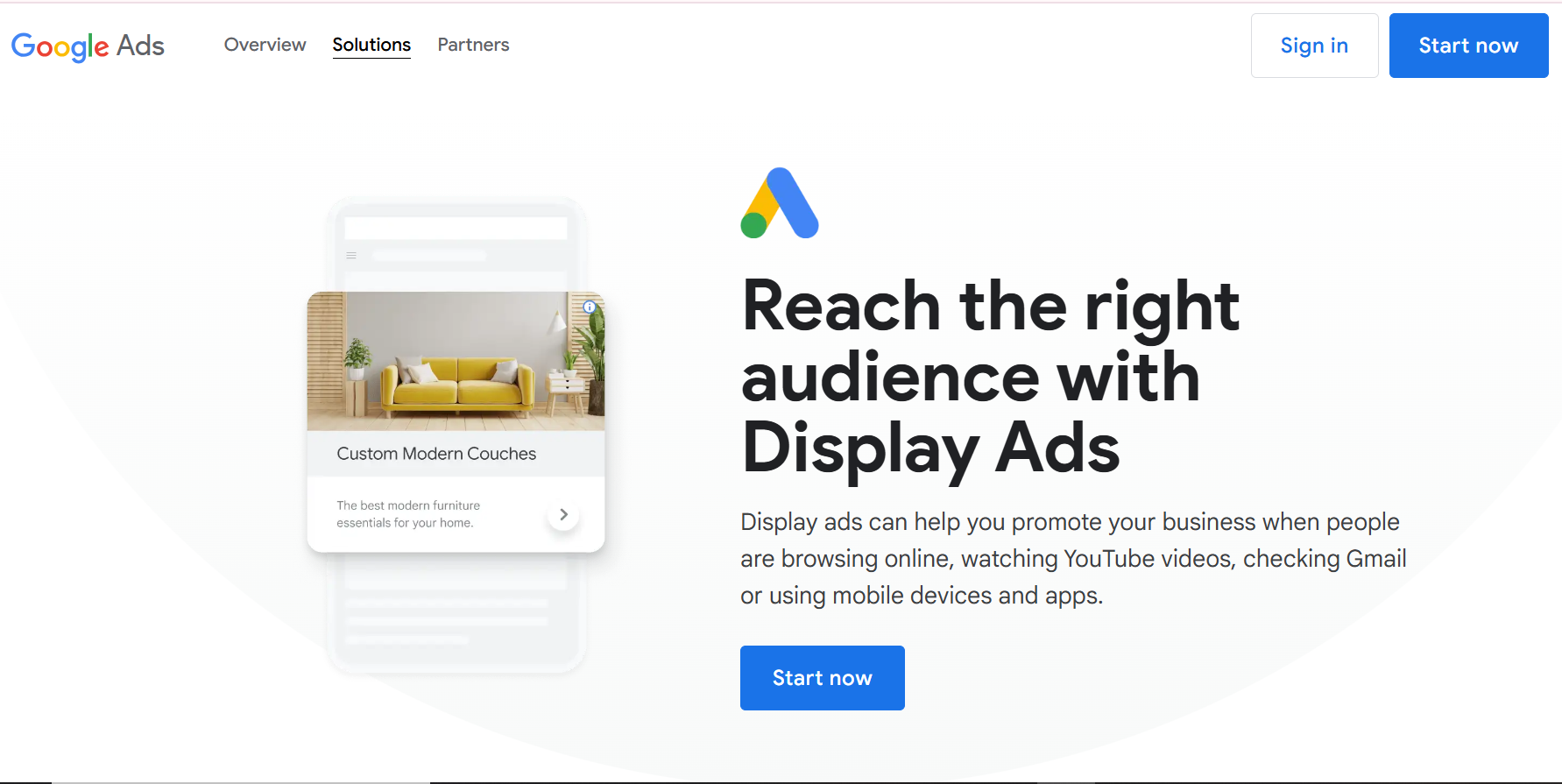
The Google Display Network (GDN) is especially advantageous for advertisers looking to achieve widespread brand visibility while maintaining precise control over who sees their ads. With GDN, advertisers can set specific targeting criteria, such as custom intent audiences, affinity audiences, and remarketing lists, which enables them to reach users at various stages of the buying journey.
The network’s responsive ad format automatically adjusts to fit different screen sizes and placements, ensuring that ads look great on any device. Additionally, GDN’s integration with Google’s other tools, such as Google Analytics and Google Ads Manager, allows for streamlined campaign management and performance optimization, making it a powerful choice for advertisers seeking both scale and strategic control.
Key Features:
- Offers a variety of rich media ad formats, including responsive display ads and interactive HTML5 ads.
- Advanced targeting options based on demographics, interests, and online behaviors.
- Access to extensive analytics and reporting tools.
Strengths: Massive reach across the web and seamless integration with Google’s advertising ecosystem.
2. Sizmek (Acquired by Amazon)
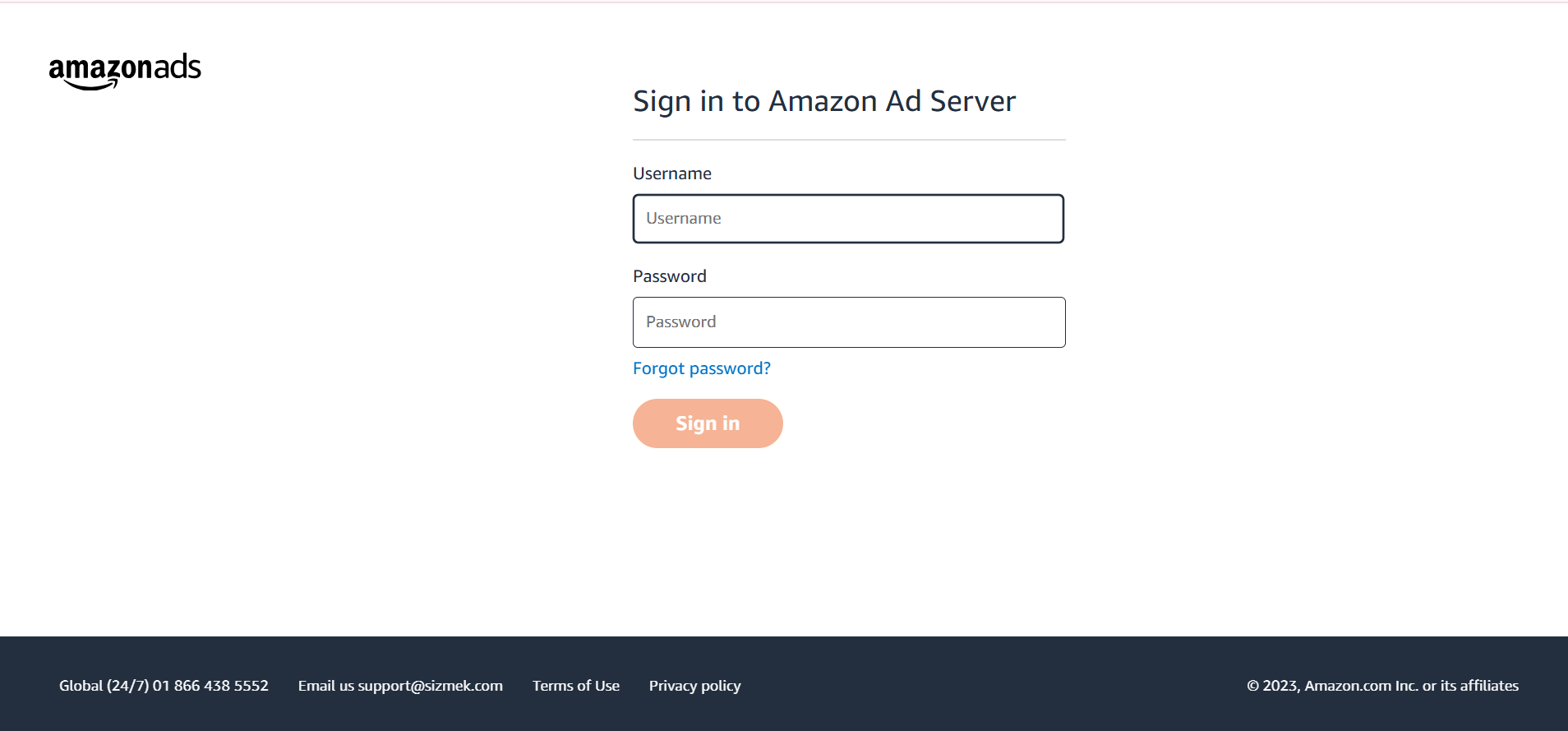
Sizmek’s platform is designed to help advertisers deliver more impactful and engaging campaigns by leveraging data to customize ad experiences at scale. Through its dynamic creative optimization (DCO) capabilities, Sizmek enables advertisers to tailor each ad based on user behavior, location, device, and other real-time data, increasing relevance and engagement.
Additionally, Sizmek’s robust analytics tools offer deep insights into campaign performance, including metrics like viewability, engagement, and conversions, allowing advertisers to refine their strategies continuously. With support for a wide range of ad formats and integrations across major ad tech platforms, Sizmek offers a flexible and powerful solution for brands aiming to maximize their reach and effectiveness through data-driven campaigns.
Key Features:
- Dynamic creative optimization for personalized ad experiences.
- Support for various ad formats, including video, mobile, and rich media.
- Advanced targeting and measurement capabilities.
Strengths: Strong emphasis on data analytics and optimization, enhancing ad performance.
3. AdColony
AdColony stands out in the mobile advertising space by prioritizing high-quality, immersive experiences tailored to mobile users. Its Instant-Play™ technology delivers ads with minimal loading time and without compromising video quality, ensuring a smooth and engaging experience for users.
Additionally, AdColony’s interactive ad formats, like playable ads, give users a chance to actively engage with content, leading to higher engagement rates and better user retention. With a focus on brand safety and performance, AdColony appeals to advertisers who want to reach mobile audiences effectively while maintaining a premium, non-disruptive ad experience.
Key Features:
- Offers Instant-Play™ video ads for seamless user experiences.
- Engaging interactive ad formats, such as playable ads.
- Extensive reach on mobile devices.
Strengths: Focus on mobile engagement and high-quality video experiences.
4. Innovid

Innovid’s platform empowers advertisers to craft personalized, interactive video experiences that capture viewer attention and drive higher engagement. With support for various devices, including connected TV (CTV), mobile, and desktop, Innovid ensures that video ads reach audiences wherever they are.
Its advanced analytics suite provides deep insights into viewer interactions and performance, enabling brands to make data-driven optimizations for future campaigns. This combination of creativity, interactivity, and detailed reporting makes Innovid a valuable choice for advertisers aiming to stand out in a highly competitive digital landscape.
Key Features:
- Dynamic video ads that can include interactive elements and personalization.
- Support for various video ad formats across multiple devices.
- Comprehensive analytics and reporting features.
Strengths: Strong creative capabilities and focus on enhancing video ad interactivity.
5. Rich Media Ad Network (RMAN)
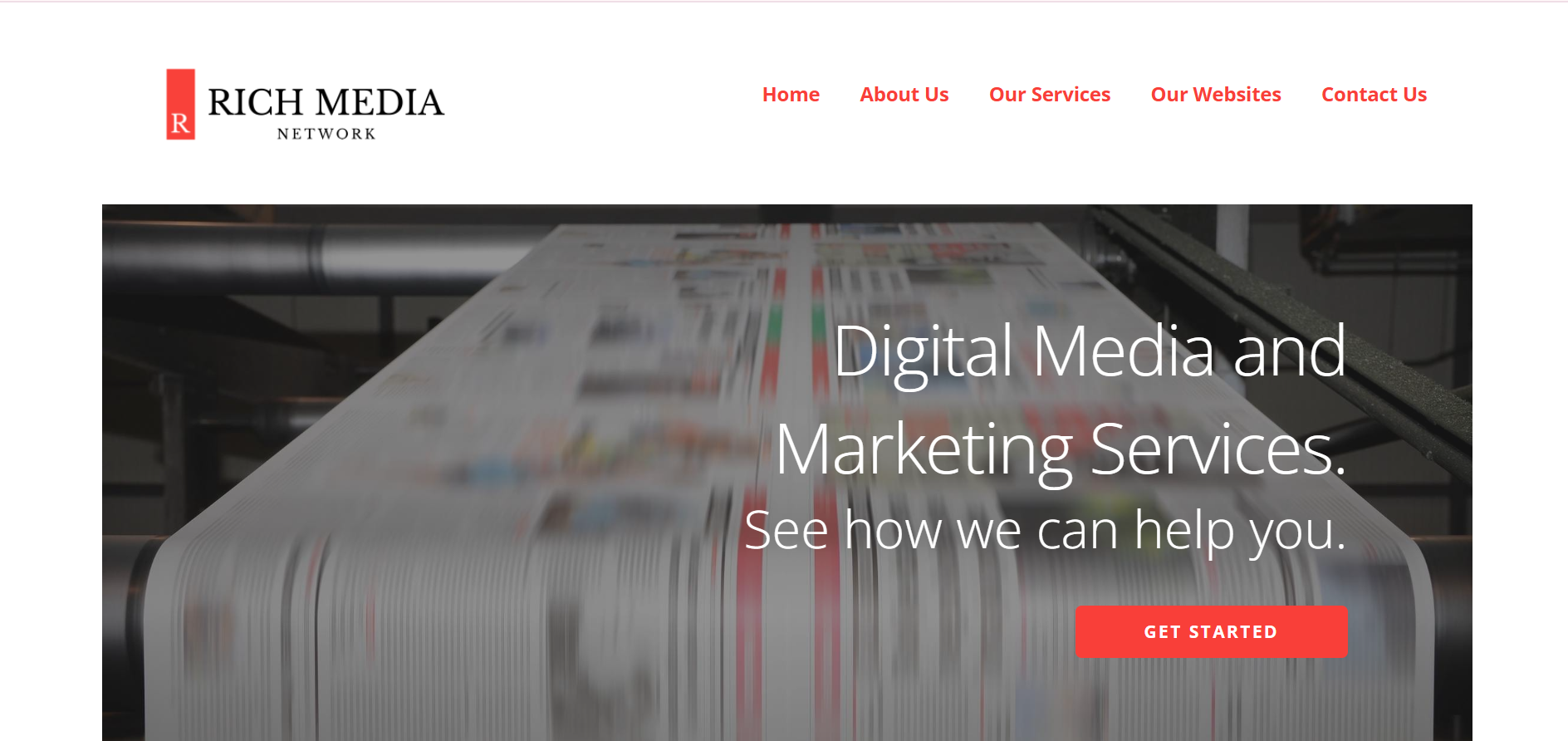
RMAN’s specialization in rich media enables advertisers to deliver visually engaging and interactive ad experiences that captivate users. With a suite of customization tools, RMAN allows brands to design unique ad formats that can better resonate with their target audience, fostering higher engagement rates.
Their deep targeting and analytics capabilities ensure advertisers can reach specific demographics effectively and track the success of their campaigns, making RMAN an ideal choice for brands looking to maximize impact through rich, immersive media.
Key Features:
- Supports HTML5 and Flash-based rich media ads.
- Offers in-depth targeting capabilities and analytics.
- Provides tools for creating custom interactive ad formats.
Strengths: Specialization in rich media allows for tailored solutions.
6. TripleLift

TripleLift’s unique approach to native advertising focuses on blending ads into the surrounding content, creating a non-disruptive and visually cohesive experience for users. Their use of advanced computer vision technology enables precise ad placements, ensuring that ads are not only relevant but also visually aligned with the site’s aesthetic. This emphasis on brand safety and transparency makes TripleLift a trusted choice for advertisers looking to maintain control over brand image while reaching audiences in a subtle, engaging way.
Key Features:
- Provides in-image and in-video ad formats.
- Uses computer vision technology for better targeting and placement.
- Strong emphasis on brand safety and transparency.
Strengths: Innovative approach to native advertising enhances user experience.
7. Flurry Ads (Yahoo)
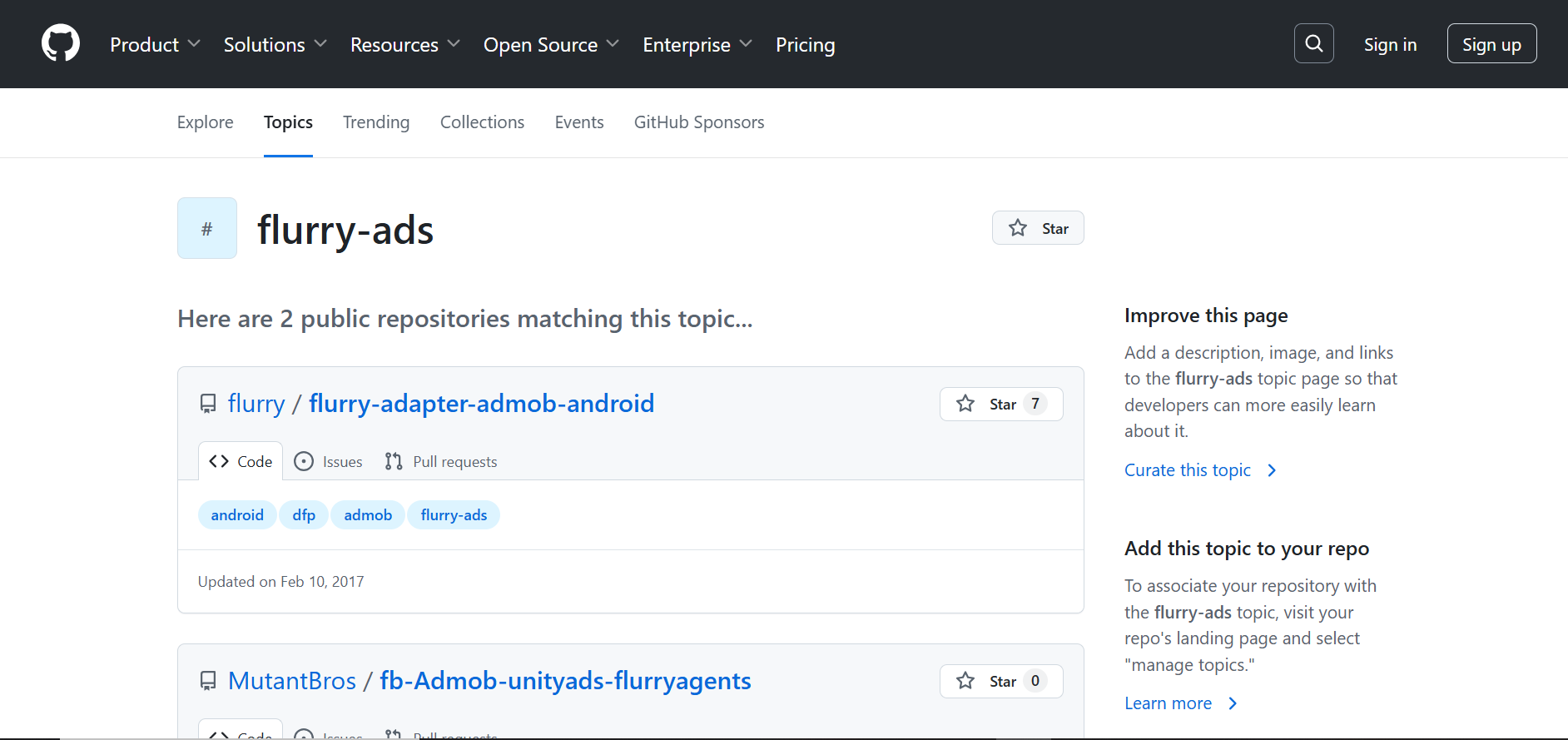
Flurry Ads excels in helping app developers effectively monetize their applications without compromising the user experience. By offering ad formats like rewarded video ads, Flurry enables a more engaging and value-added experience for users, incentivizing interaction while generating revenue. Its integration with Flurry’s analytics platform also provides developers with detailed insights into user behavior and ad performance, allowing for data-driven decisions to optimize monetization strategies and enhance user engagement.
Key Features:
- Engaging ad formats like interstitial and rewarded video ads.
- Advanced analytics for measuring ad performance.
- Seamless integration with mobile applications.
Strengths: Strong presence in mobile advertising with a focus on app monetization.
8. OpenX
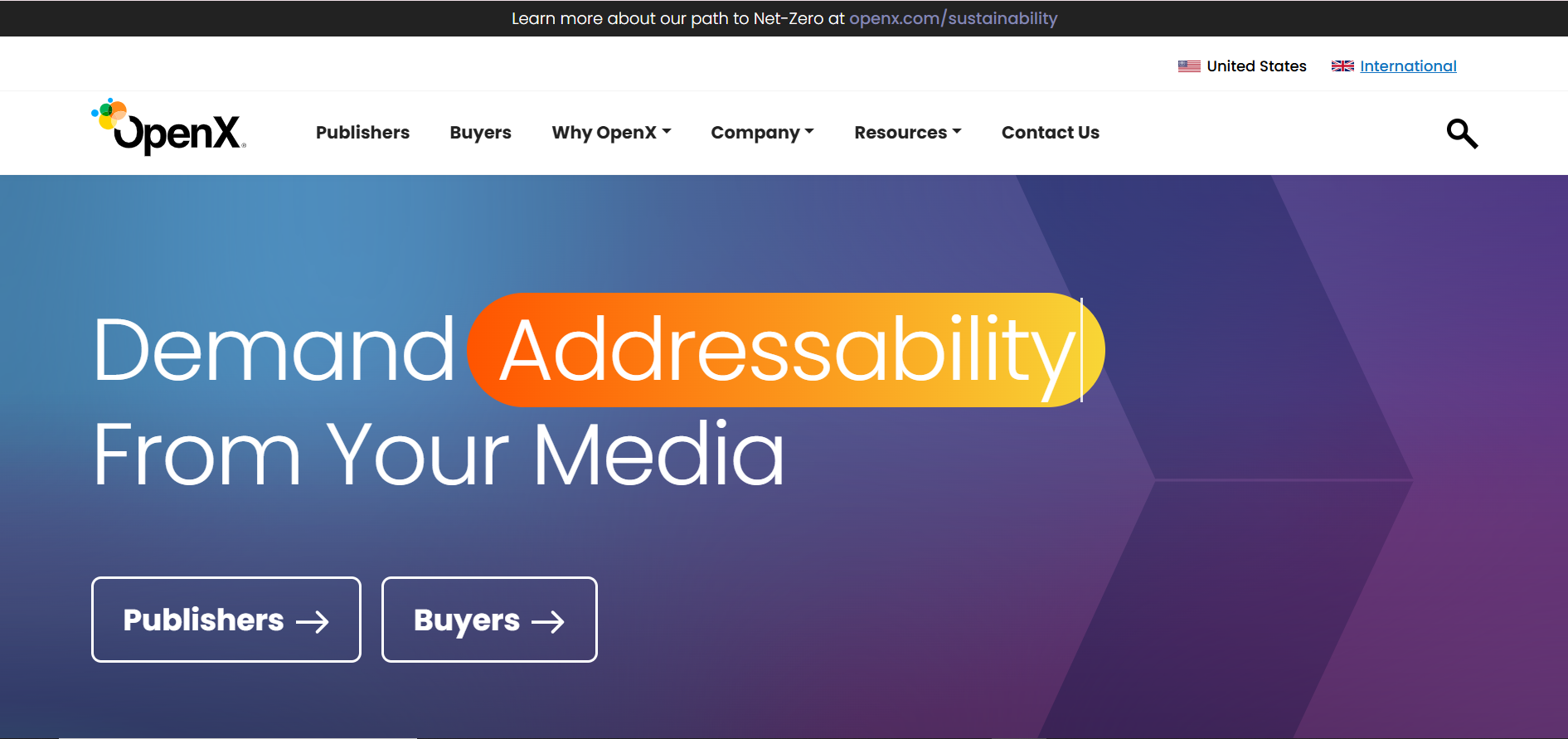
OpenX’s programmatic ad exchange provides publishers with a highly customizable and scalable platform, allowing them to connect with a vast pool of quality advertisers. Its real-time bidding (RTB) capabilities enable publishers to maximize ad revenue by facilitating competitive bidding on inventory, ensuring higher fill rates and CPMs. With its emphasis on transparency and compliance, OpenX also prioritizes brand safety and ad quality, making it a trusted choice for publishers focused on delivering premium content while maximizing their programmatic ad potential.
Key Features:
- Supports various ad formats, including interactive and video ads.
- Offers advanced targeting and real-time bidding capabilities.
- Robust analytics and reporting tools.
Strengths: Strong programmatic capabilities and extensive inventory.
9. Verizon Media (formerly Oath)

Verizon Media’s platform benefits from its vast ecosystem, providing advertisers and publishers with direct access to high-quality, engaged audiences across popular properties like Yahoo and AOL. With its advanced targeting options, Verizon Media allows publishers to reach niche demographics with precision, ensuring that ads resonate with relevant viewers.
Additionally, the platform’s extensive analytics suite offers in-depth insights into campaign performance, enabling publishers to make data-driven adjustments to optimize engagement and revenue generation across Verizon’s influential digital network.
Key Features:
- Rich media and video ad formats across multiple platforms.
- Integrated targeting and analytics tools.
- Access to a large audience across Verizon’s media properties.
Strengths: Wide reach and strong integration with Verizon’s media ecosystem.
10. PubMatic
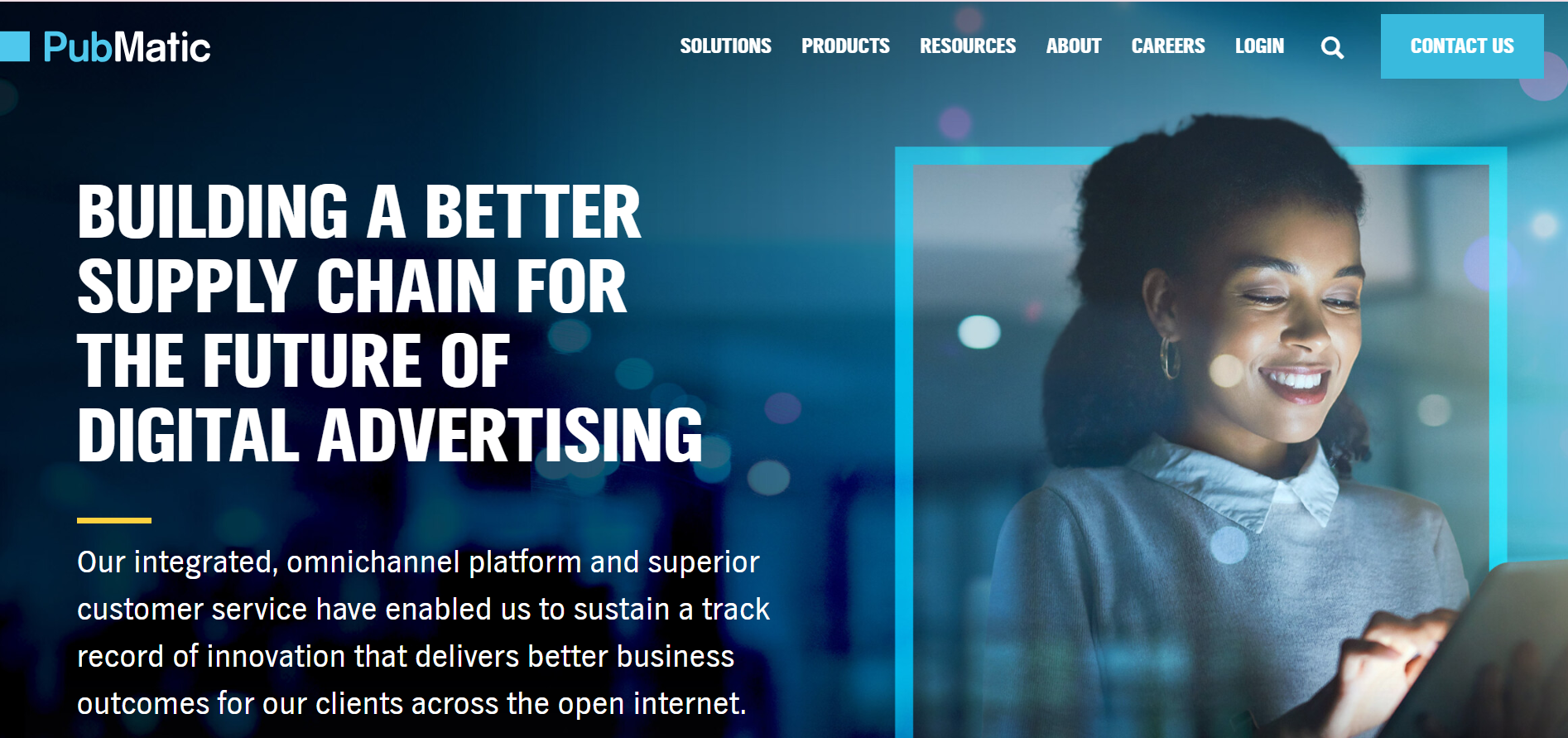
PubMatic stands out in the programmatic advertising landscape by prioritizing the needs of publishers through its robust monetization strategies and real-time bidding capabilities. The platform empowers publishers to maximize their ad revenue by optimizing inventory management and ensuring that ads are served to the right audience at the right time.
Additionally, with a commitment to transparency, PubMatic provides detailed reporting that allows publishers to track performance and understand the value of their inventory better. This focus on efficiency and reliability has established PubMatic as a trusted partner for publishers looking to enhance their ad monetization efforts in a competitive digital marketplace.
Key Features:
- Supports various ad formats, including video and interactive ads.
- Advanced analytics and reporting tools.
- Emphasis on transparency and brand safety.
Strengths: Strong focus on publisher monetization and programmatic efficiency.
11. BrightRoll (Yahoo)
BrightRoll’s strength lies in its ability to deliver highly engaging video advertising experiences tailored to both brands and audiences. By leveraging its extensive inventory, BrightRoll enables advertisers to reach consumers across a multitude of platforms, from desktop to mobile. The platform’s dynamic video ads incorporate interactive elements that enhance viewer engagement, leading to higher conversion rates.
Furthermore, BrightRoll’s advanced analytics and optimization tools provide advertisers with actionable insights, allowing them to refine their campaigns continuously for improved performance. This combination of innovative ad formats and data-driven strategies positions BrightRoll as a leader in the video advertising space, making it a preferred choice for brands and agencies seeking to amplify their digital marketing efforts.
Key Features:
- Extensive video ad inventory across various platforms.
- Dynamic video ads with interactive elements.
- Comprehensive analytics and optimization tools.
Strengths: Strong expertise in video advertising and targeting.
12. Kaltura
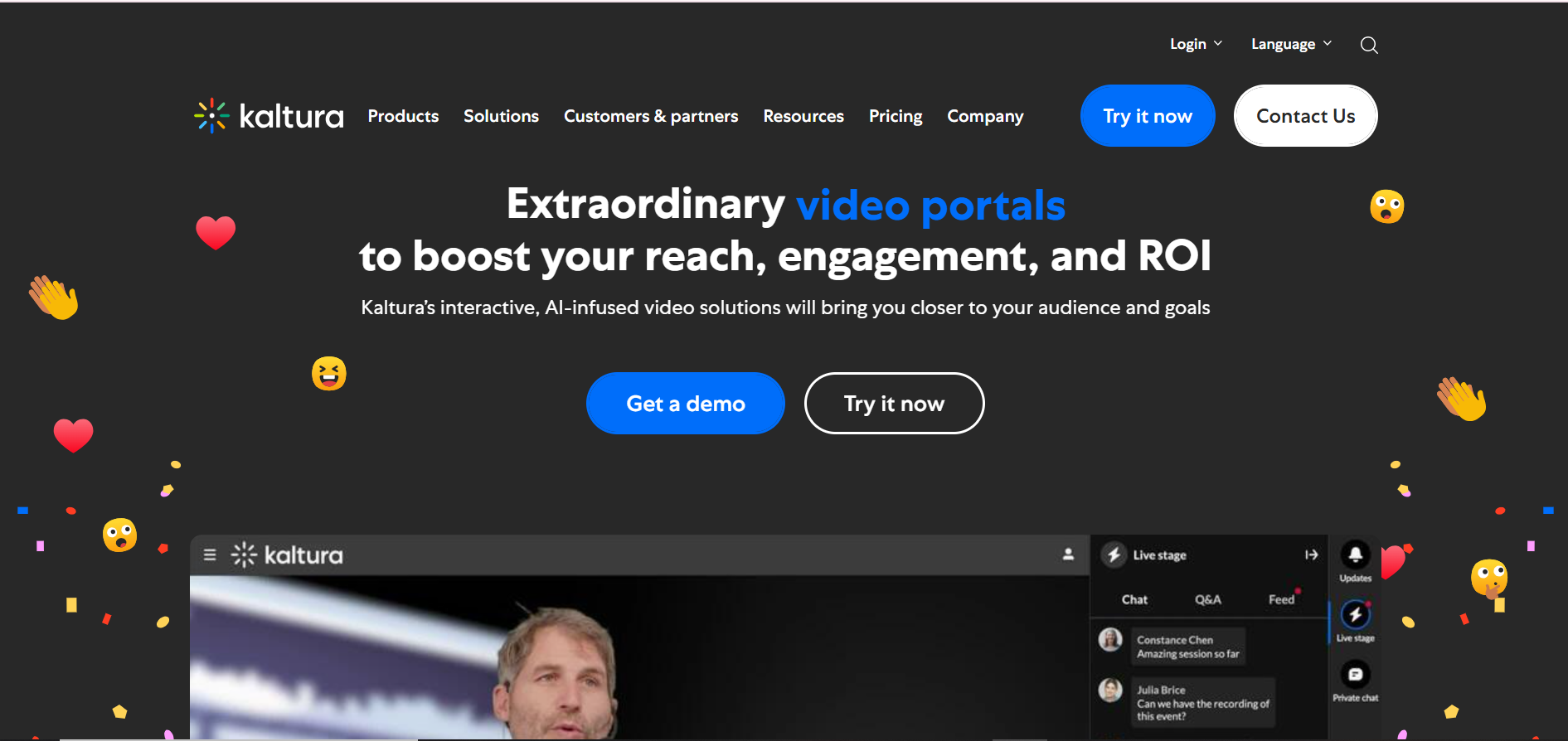
Kaltura stands out in the video advertising landscape by offering comprehensive solutions tailored specifically for enterprises looking to leverage video as a powerful marketing tool. Its interactive video ads and branded content features allow businesses to create immersive experiences that resonate with their target audiences, enhancing brand visibility and engagement.
The platform’s advanced analytics capabilities provide valuable insights into viewer behavior, enabling enterprises to fine-tune their strategies and optimize content for maximum impact. Moreover, Kaltura’s seamless integration with various video platforms ensures that companies can easily manage and distribute their video content across multiple channels, making it a versatile choice for organizations aiming to enhance their video marketing efforts while maintaining a strong focus on content management and viewer engagement.
Key Features:
- Supports interactive video ads and branded content.
- Advanced analytics for measuring viewer engagement.
- Integration with various video platforms.
Strengths: Focus on enterprise solutions and video content management.
13. AppNexus (now Xandr)
AppNexus, now part of Xandr, is recognized for its robust programmatic advertising capabilities that empower advertisers and publishers alike to effectively manage their campaigns. With a wide range of supported ad formats, including video, display, and native ads, AppNexus allows users to choose the best options for their specific goals and audience preferences. The platform’s advanced targeting and optimization tools enable precise audience segmentation and real-time adjustments to campaigns, ensuring that advertisers can maximize their return on investment.
Furthermore, the extensive inventory available through its dynamic ad exchange enhances opportunities for publishers to monetize their content while providing advertisers with access to a diverse range of inventory. AppNexus’s commitment to transparency in advertising fosters trust between advertisers and publishers, making it a preferred choice in the programmatic landscape.
Key Features:
- Various ad formats, including video, display, and native ads.
- Advanced targeting and optimization tools.
- Extensive inventory through a robust ad exchange.
Strengths: Strong programmatic capabilities and transparency in advertising.
14. Taboola

Taboola is widely recognized for its innovative approach to content discovery, seamlessly integrating rich media formats within editorial content to create a more engaging user experience. By leveraging advanced targeting capabilities, Taboola ensures that recommended content aligns with user interests and behaviors, thereby increasing the likelihood of clicks and interactions.
The platform’s comprehensive analytics and reporting tools provide valuable insights into campaign performance, allowing advertisers and publishers to fine-tune their strategies for better results. With its emphasis on enhancing user engagement and driving traffic to publishers’ sites, Taboola has become a key player in the native advertising space, offering solutions that benefit both advertisers seeking visibility and publishers looking to monetize their content effectively.
Key Features:
- Interactive and engaging ad formats integrated within content.
- Advanced targeting based on user behavior and preferences.
- Comprehensive analytics and reporting tools.
Strengths: Focus on content discovery enhances user engagement.
15. Outbrain
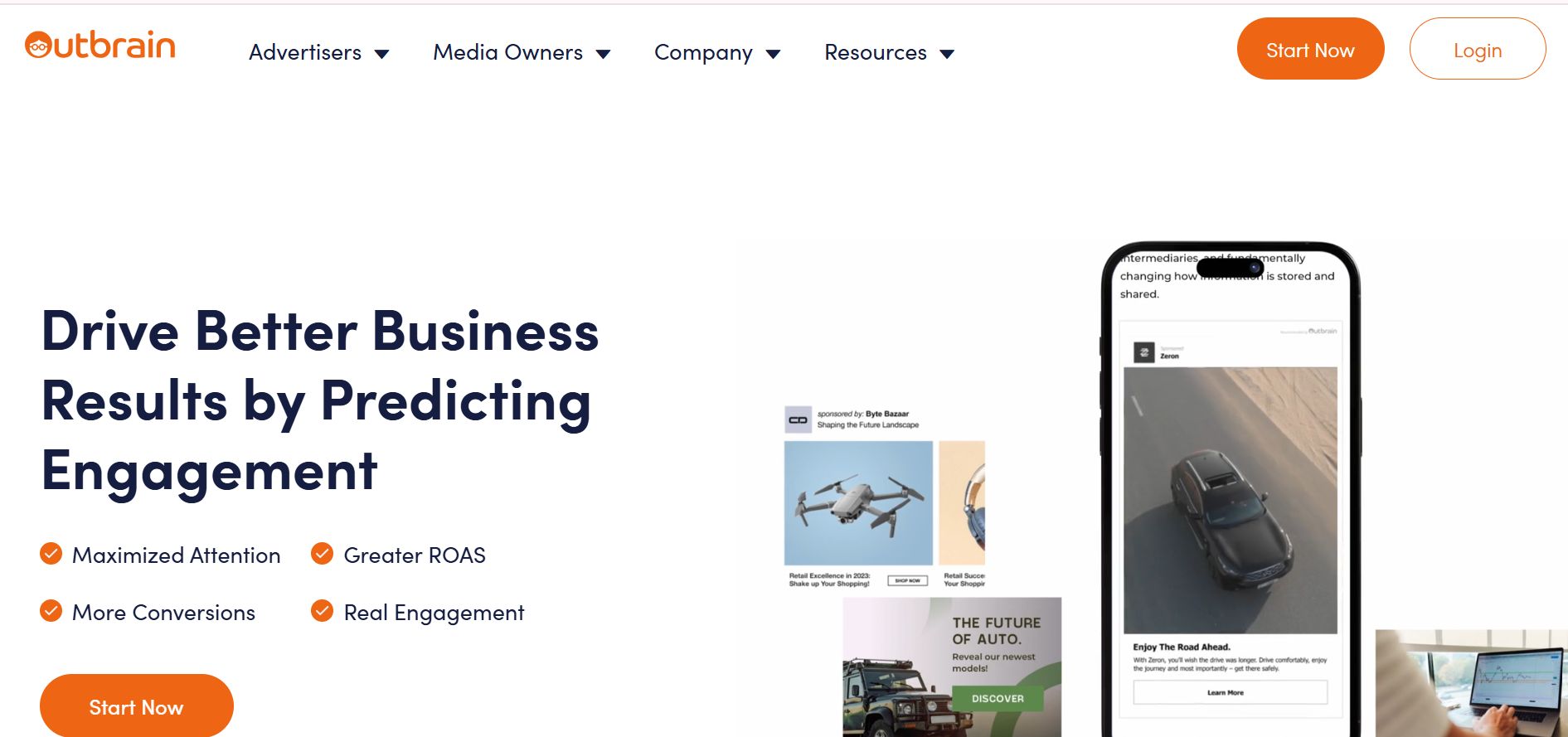
Outbrain excels in the realm of content recommendation and native advertising by providing highly engaging and interactive ad formats that blend seamlessly with the surrounding content. This integration not only captures user attention but also enhances the overall browsing experience by presenting personalized content tailored to individual preferences and behaviors.
With robust analytics tools, Outbrain empowers advertisers and publishers to monitor performance metrics closely, enabling data-driven decisions to optimize campaigns for better engagement and conversion rates. By prioritizing user relevance and experience, Outbrain stands out as a valuable partner for brands seeking to connect with audiences meaningfully while helping publishers maximize their content monetization strategies.
Key Features:
- Interactive and engaging native ad formats.
- Personalized content recommendations based on user behavior.
- Robust analytics for tracking performance.
Strengths: Strong focus on enhancing user experience through relevant content.
16. Sonic Ads
Sonic Ads stands out in the advertising landscape by merging traditional audio advertising with rich media components, creating a unique and engaging user experience. By offering interactive audio ads, Sonic Ads encourages listeners to participate actively, fostering a deeper connection with the brand message. This innovative approach not only enhances listener engagement but also opens up new avenues for advertisers to reach their audience on popular audio streaming platforms.
With comprehensive analytics tools, advertisers can track user interactions and ad effectiveness, allowing for data-driven adjustments and optimizations. As the demand for audio content continues to grow, Sonic Ads positions itself as a pioneering force in the audio advertising space, appealing to brands looking to leverage this dynamic medium effectively.
Key Features:
- Interactive audio ads that encourage user participation.
- Integration with various audio streaming platforms.
- Analytics for measuring user engagement and ad effectiveness.
Strengths: Unique approach to audio advertising with rich media elements.
17. Vungle
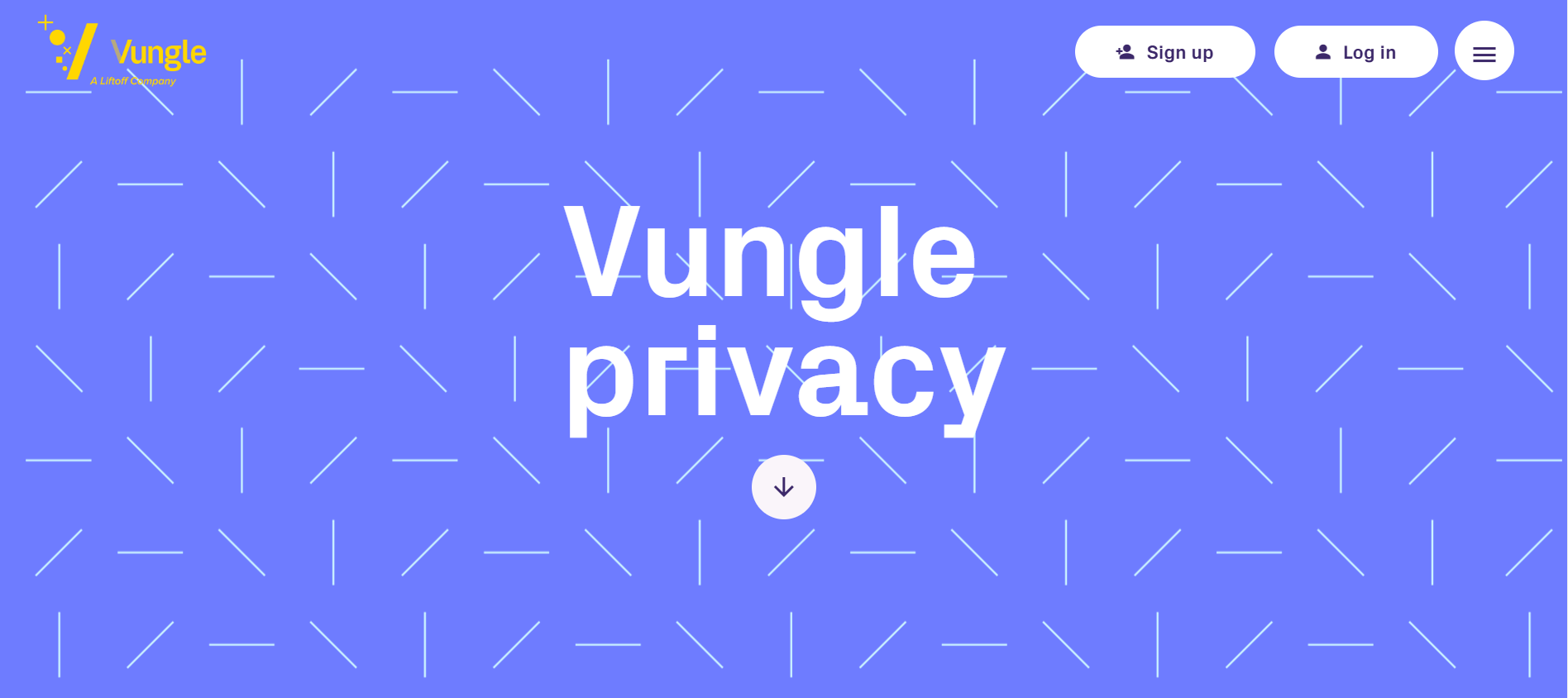
Vungle distinguishes itself by offering highly engaging mobile video ad formats designed to enhance user interaction and retention within apps. Its interactive and playable ads not only capture user attention but also provide a seamless experience, allowing users to engage with the content before making a decision. This focus on delivering high-quality video experiences empowers app developers to monetize their applications more effectively, increasing overall revenue potential.
Vungle’s comprehensive analytics tools further enable developers to track ad performance in real-time, allowing for continuous optimization and strategic adjustments. By prioritizing mobile engagement, Vungle positions itself as a go-to solution for app developers seeking to maximize their advertising revenue while maintaining a positive user experience.
Key Features:
- Engaging video ad formats, including interactive and playable ads.
- Tools for monetizing mobile apps effectively.
- Comprehensive analytics for tracking ad performance.
Strengths: Strong emphasis on mobile engagement and high-quality video experiences.
18. Adform
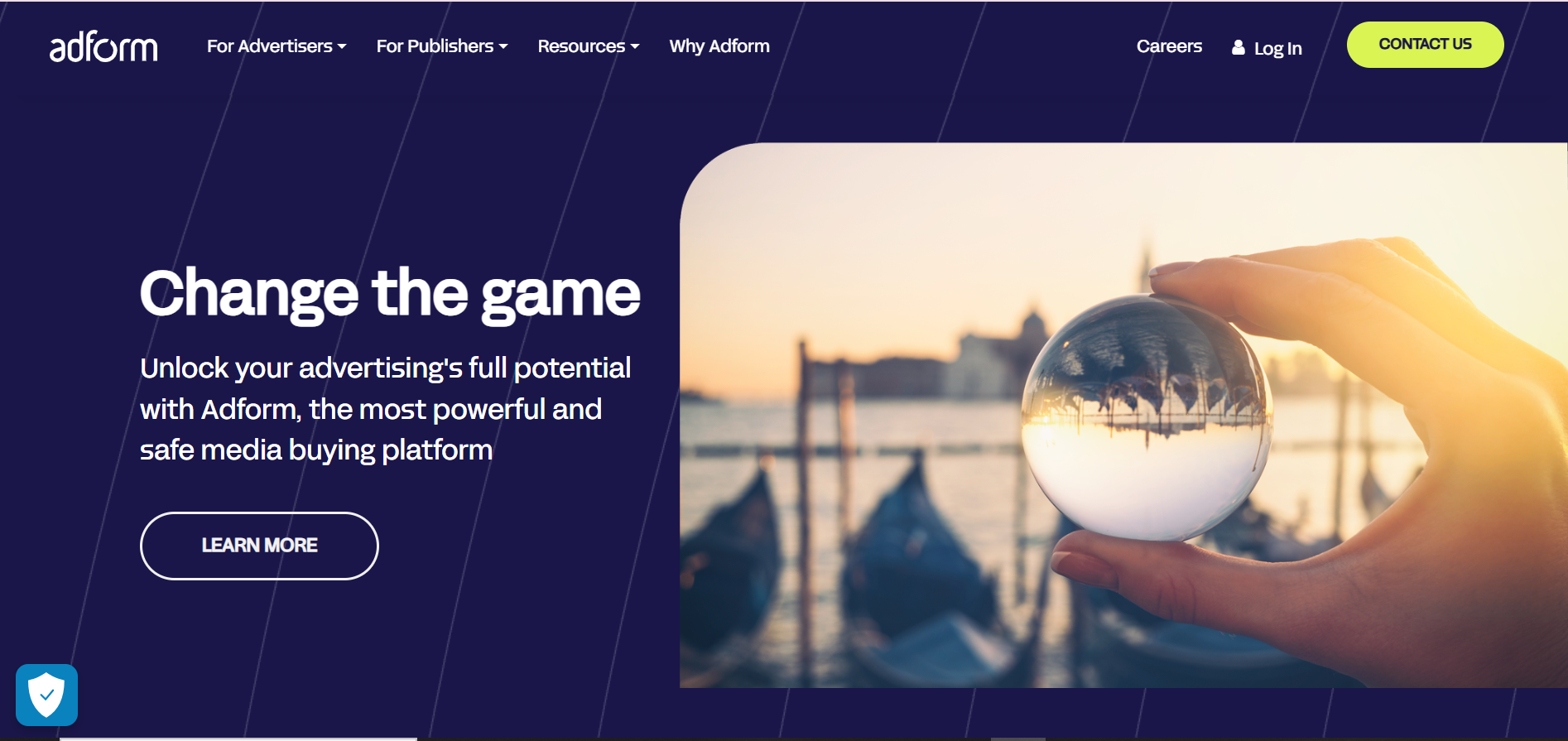
Adform stands out in the advertising landscape by providing a fully integrated platform that combines demand-side and supply-side functionalities, facilitating seamless programmatic buying and selling. Its support for a wide range of ad formats, including interactive and video ads, allows advertisers to create diverse and engaging campaigns tailored to their target audiences.
With advanced targeting options, brands can optimize their ad placements based on real-time data and user behavior, ensuring higher engagement and conversion rates. The platform’s robust analytics and reporting tools provide valuable insights into campaign performance, enabling advertisers to make informed decisions and refine their strategies for maximum effectiveness. Overall, Adform’s comprehensive approach to rich media advertising positions it as a valuable resource for both advertisers and publishers looking to enhance their digital marketing efforts.
Key Features:
- Supports various ad formats, including interactive and video ads.
- Advanced targeting and programmatic buying capabilities.
- Robust analytics and reporting tools.
Strengths: Strong programmatic capabilities and extensive inventory.
19. Criteo
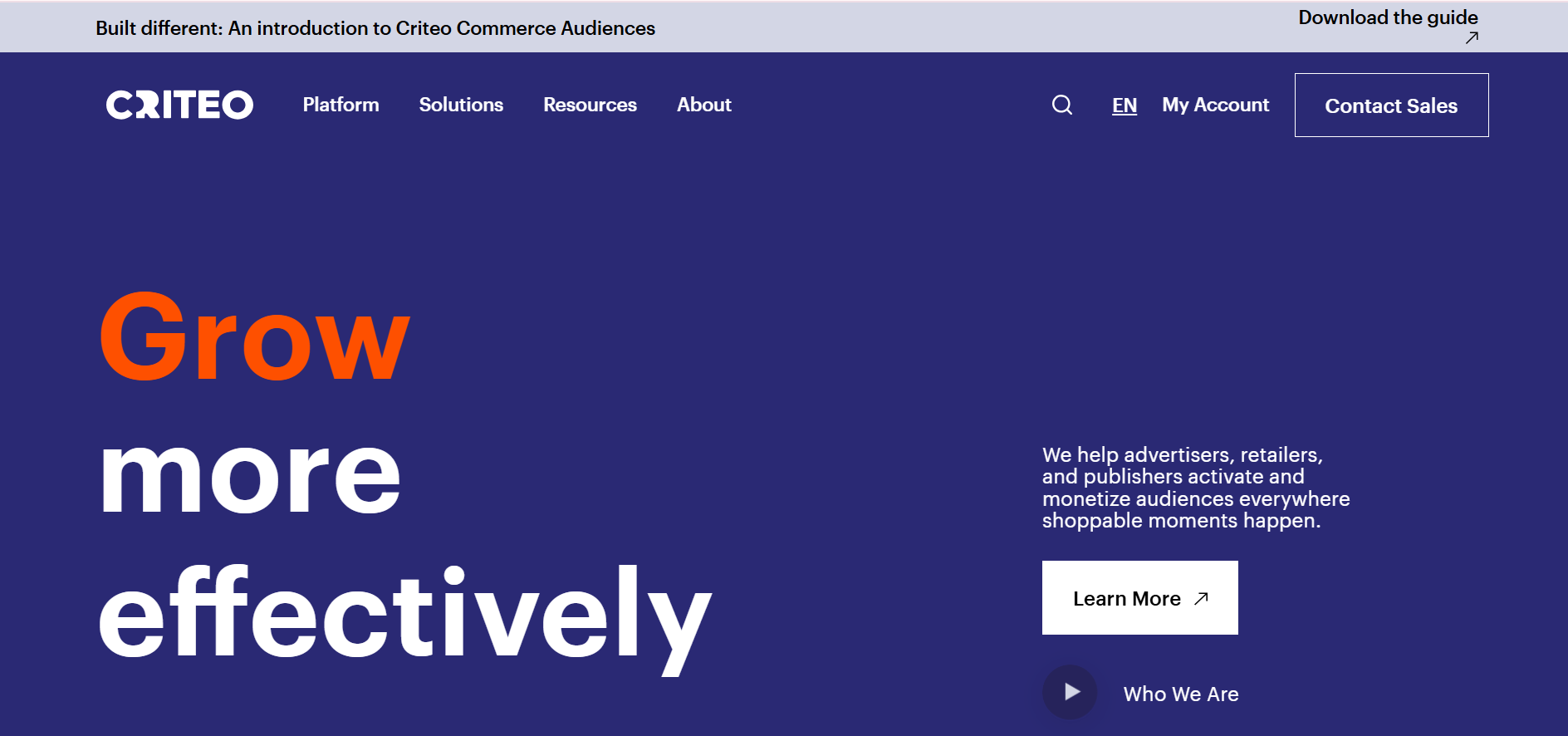
Criteo’s innovative approach to performance marketing sets it apart in the advertising space by emphasizing the importance of retargeting. By leveraging advanced algorithms, Criteo delivers dynamic ads tailored to individual user preferences and browsing history, ensuring a personalized experience that resonates with potential customers. Its extensive targeting options allow advertisers to reach their desired audience effectively, maximizing the chances of conversion.
The platform’s robust data-driven insights empower businesses to optimize their campaigns continuously, enabling them to track performance and make adjustments in real time. This focus on driving measurable ROI through effective retargeting strategies not only enhances customer engagement but also boosts overall marketing effectiveness, making Criteo a top choice for advertisers looking to capitalize on their existing audience.
Key Features:
- Dynamic and personalized ads that adapt based on user behavior.
- Extensive targeting options and data-driven insights.
- Comprehensive analytics for measuring performance.
Strengths: Focus on performance and ROI through retargeting strategies.
20. Sharethrough
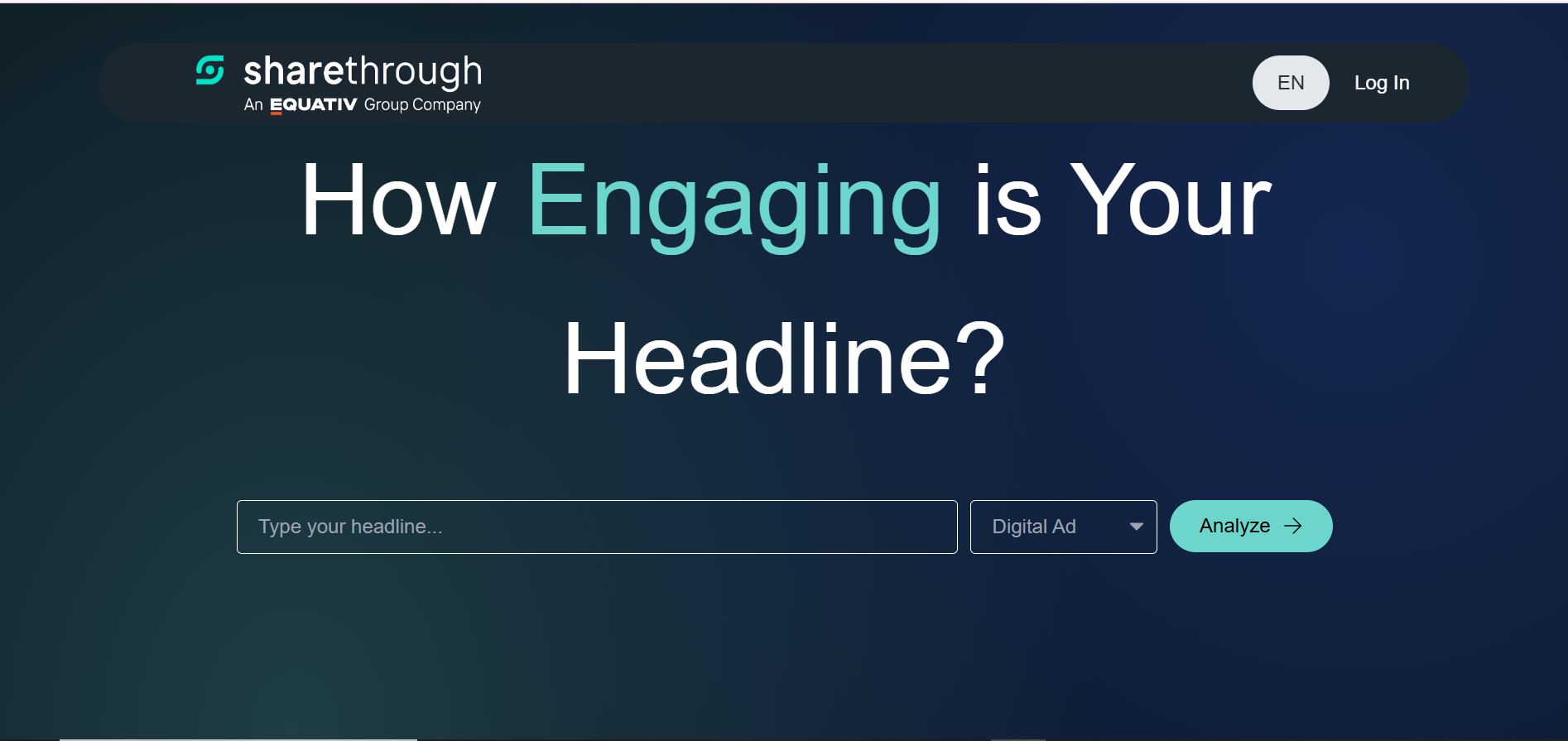
Sharethrough’s commitment to native advertising allows publishers to create ad experiences that blend organically with their content, ensuring a less intrusive user experience. By offering interactive ad formats, Sharethrough not only captures users’ attention but also encourages deeper engagement, resulting in higher click-through rates and overall campaign effectiveness.
The platform’s analytics capabilities provide valuable insights into user interactions and ad performance, enabling publishers to refine their strategies and optimize for better results. With a strong emphasis on enhancing the user experience, Sharethrough positions itself as a valuable partner for publishers seeking to monetize their content without compromising the integrity of their platforms.
Key Features:
- Interactive ad formats integrated seamlessly with content.
- Emphasis on user experience and engagement.
- Analytics for tracking performance and user interactions.
Strengths: Strong focus on native advertising enhances user engagement.
Conclusion
In conclusion, rich media advertising has become a powerful cornerstone of today’s digital marketing landscape. Its interactive formats, dynamic visuals, and immersive experiences allow brands to stand out and capture user attention in ways traditional ads simply cannot. When used strategically, rich media ads not only boost engagement but also drive stronger campaign performance and higher conversion rates.
By understanding the different formats, key advantages, and proven best practices of rich media advertising, marketers can craft campaigns that truly connect with audiences and deliver measurable results. Embracing rich media is no longer optional—it’s a competitive necessity for brands aiming to elevate their digital presence and achieve long-term marketing success.
Frequently Asked Questions (FAQs)
What is a rich media ad?
A rich media ad is an interactive online advertisement that incorporates various multimedia elements like video, audio, and animations, enabling user engagement.
How do rich media ads differ from standard display ads?
Unlike standard display ads that are typically static images or banners, rich media ads allow for user interaction and often include multimedia components.
What are the costs associated with rich media advertising?
Costs can vary widely depending on the complexity of the ad, the network used, and the campaign’s reach. Generally, rich media ads tend to be more expensive to create and run than standard ads.
How can I track the performance of rich media ads?
Performance can be tracked through analytics tools that measure user engagement metrics, such as click-through rates, interaction rates, and conversions.
What tools are available for creating rich media ads?
Several tools, such as Adobe Animate, Google Web Designer, and various ad network platforms, offer features for designing rich media ads.
Can small businesses benefit from rich media advertising?
Yes, small businesses can leverage rich media advertising to enhance their visibility and engagement, often using targeted campaigns to reach specific audiences effectively.
















